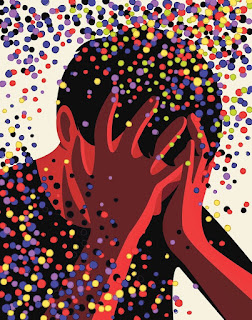Keren Landman
vox.com
Originally posted 25 OCT 23
Here is an excerpt:
What’s causing such high levels of mental distress among doctors?
Physicians have high rates of mental distress — and they’re only getting higher. One 2023 survey found six out of 10 doctors often had feelings of burnout, compared to four out of 10 pre-pandemic. In a separate 2023 study, nearly a quarter of doctors said they were depressed.
Physicians die by suicide at rates higher than the general population, with women’s risk twice as high as men’s. In a 2022 survey, one in 10 doctors said they’d thought about or attempted suicide.
Not all doctors are at equal risk: Primary care providers — like emergency medicine, internal medicine, and pediatrics practitioners — are most likely to say they’re burned out, and female physicians experience burnout at higher rates than male physicians.
(It’s worth noting that other health care professionals — perhaps most prominently nurses — also face high levels of mental distress. But because nurses are more frequently unionized than doctors and because their professional culture isn’t the same as doctor culture, the causes and solutions are also somewhat different.)
Here is my summary:
The article discusses the mental health crisis among doctors and its implications for patients. It notes that doctors are at a higher risk of suicide than any other profession, and that they also experience high rates of burnout and depression.
The mental health crisis among doctors is a problem for patients because it can lead to impaired judgment, medical errors, and reduced quality of care. Additionally, the stigma associated with mental illness can prevent doctors from seeking the help they need, which can further exacerbate the problem.
The article concludes by calling for more attention to the mental health of doctors and for more resources to be made available to help them.
I treat a number of physicians in my practice.



















